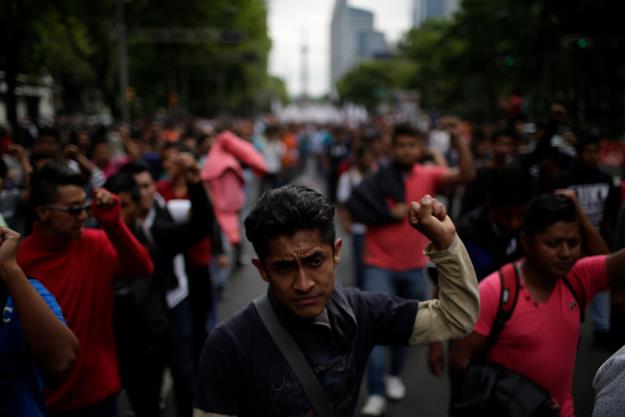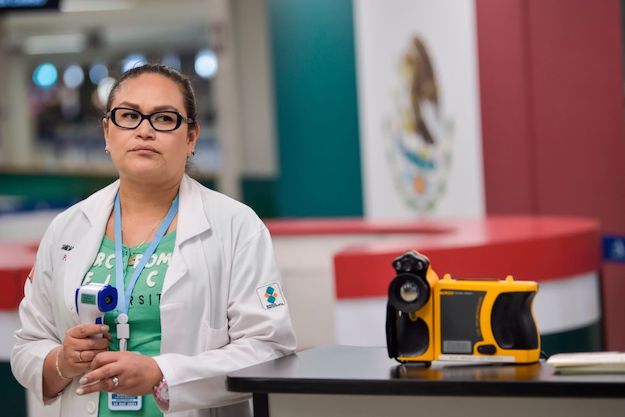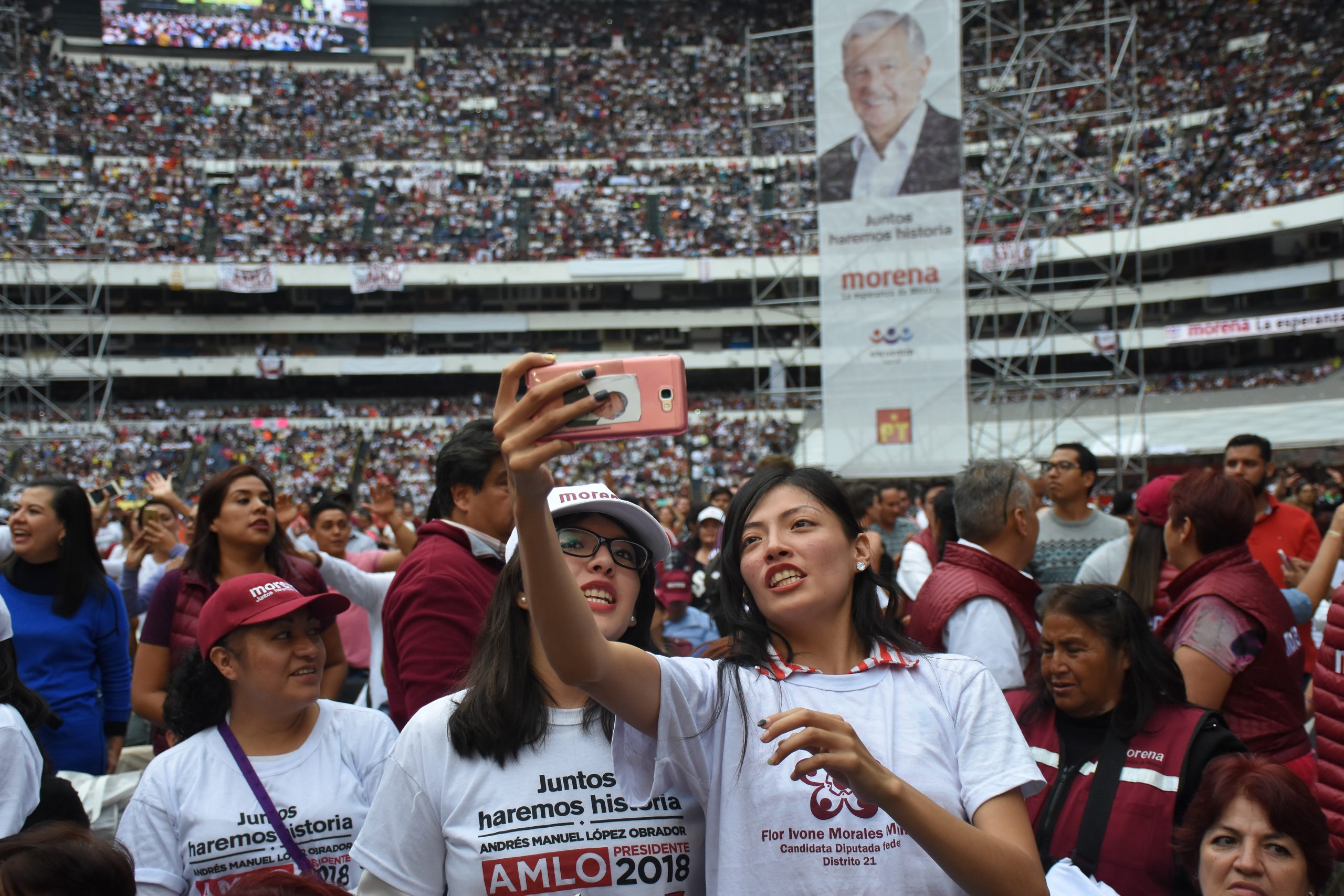Emerging media consensus is that Mexico’s Institutional Revolutionary Party (PRI) will likely name Treasury Secretary José Antonio Meade as its candidate for president in 2018. Such a move would serve the unpopular ruling party on two fronts: it would muffle inherent opposition to the PRI as an institution (Meade is not a party member), and it would give them an ideal standard-bearer to carry forward their economic message (Meade has been treasury secretary for two parties and is highly regarded by the country’s business elite).
On this second front, the PRI has a decent case to make. The economy is stable, structural reforms seem to be bearing fruit and, NAFTA aside, there are no major storm clouds on the horizon. Will this be enough to shift voters’ focus next July? Unfortunately for the PRI, the answer is probably not. The race for Mexico’s presidency in 2018 looks to be about two things: crime and corruption. Or, put more simply, impunity.
First, the history. No presidential election since the end of one-party PRI rule has had the economy as its focal point. In 2000, the PRI lost the presidency for the first time in 71 years despite GDP growth above 5 percent. A recession sparked by the end of the dot com boom (especially costly for Mexico’s export-driven economy) arrived just as Vicente Fox was settling into office at Los Pinos – but it was political, rather than economic, frustration that carried him there.
Likewise in 2006 and 2012, few voters were focused primarily on economic issues when they went to the polls. In 2006, political and economic elites were mostly concerned with the possibility that the leftist Andrés Manuel López Obrador might actually win. His “first, the poor” campaign slogan was effective, but ultimately lacking a high-inflation, low-growth economy that could have pushed his message over the top. (As in 2000, crisis arrived shortly after the election, first as a result of a spike in grain prices and later with the onset of the Great Recession). By 2012, coming to grips with violence related to the drug war had become the top priority.
The 2018 election looks unlikely to break this trend. Peña Nieto has dealt with economic constraints since the beginning of his administration: a serious construction crisis early in his term, a precipitous fall in the oil price just as energy reforms were getting underway and, most threateningly, the ongoing renegotiation of the North American Free Trade Agreement (or, rather, the possibility that U.S. President Donald Trump will decide to withdraw from the accord entirely).
Apart from this, though, the Mexican economy is functioning reasonably well. Northern Mexico is growing above 4 percent per year, even if the country as a whole is stuck around 2 percent growth. A change in the mechanism for fixing fuel prices early in 2017 caused an inflationary bubble, but that has largely been controlled and inflation is moving back toward the target rate; having recently topped 6 percent, it should be in the vicinity of 4 percent by January 2018. Peña Nieto and the PRI tout that 3 million jobs have been created since he took office, though about half of these came from shifting informal employment to the formal sector. Even the value of the peso – again under pressure due to the trade negotiations – has ceased to capture the daily attention of most Mexicans.
In short, the economy is neither doing well enough nor poorly enough to move many hearts at the polls. This is especially true considering the degree to which frustration with the political status quo has cemented itself as a national narrative.
Corruption was the glue that held Mexico’s political class together through most of the 20th century. But even by that standard, the situation today is, for many Mexicans, beyond the pale. More than a dozen current or former governors are under investigation for corruption, some for misuse of funds totaling hundreds of millions of dollars. At least two are also being investigated for possible links to organized crime. The majority of these are members of the PRI, but there is plenty of malfeasance to go around. The recent resignation of Mexico’s attorney general and the removal from office of the chief prosecutor for electoral crimes have only contributed to the sensation that corruption is getting worse.
Meanwhile, the national homicide rate has reached peaks last seen in 2011, and perceptions of crime and a lack of security are at their highest rates in decades.
These two themes – corruption and crime – are difficult hooks on which to hang a political campaign. In the first case, there isn’t a single political organization in Mexico that can consider itself free from guilt. The voting class seems convinced that the PRI is the worst offender – over half of voters say they would never vote for the ruling party. But there is at least another 30 percent of the electorate that says the same about the other major contenders: the PAN, PRD and López Obrador’s Morena. Although López Obrador has been able to convince voters of his personal integrity, the number of corruption cases involving Morena party members has reduced the effectiveness of his argument.
When it comes to crime, most proposals emanating from the political class are too general or abstract to be useful. Real solutions to the problem will require increased spending, better application of the law, and more solid institutions, none of which are particularly appealing to candidates in the context of a frenetic political campaign.
Indeed, whether on crime or corruption, the major parties and their candidates seem clueless. It is hard to imagine much stock being given to proposals on these issues coming from any of the contenders, especially considering that all of them have had their chance in office (López Obrador as Mexico City mayor faced a serious increase in kidnapping, for example). Although neither Meade nor PAN president Ricardo Anaya, another possible candidate in 2018, have run for national office, the parties they represent have long records to examine – and the balance is not in their favor.
On the road to 2018 there are three major options: the PRI, the Citizens’ Front (a coalition between the PAN, PRD and MC) and Morena. The three will have to compete to convince voters not just that they are capable of dealing with corruption and crime, but that they are genuine in their desire to do so. This goes not only for the presidential candidate, but also for contenders in the race for mayor in Mexico City, in eight state governor’s races and in a handful of important legislative posts. The 2018 election will depend on who is most successful in this effort. No small task.
—
Schettino is a professor at the School of Government at Mexico’s Monterrey Institute of Technology and Higher Education. Follow him on Twitter @macariomx.








